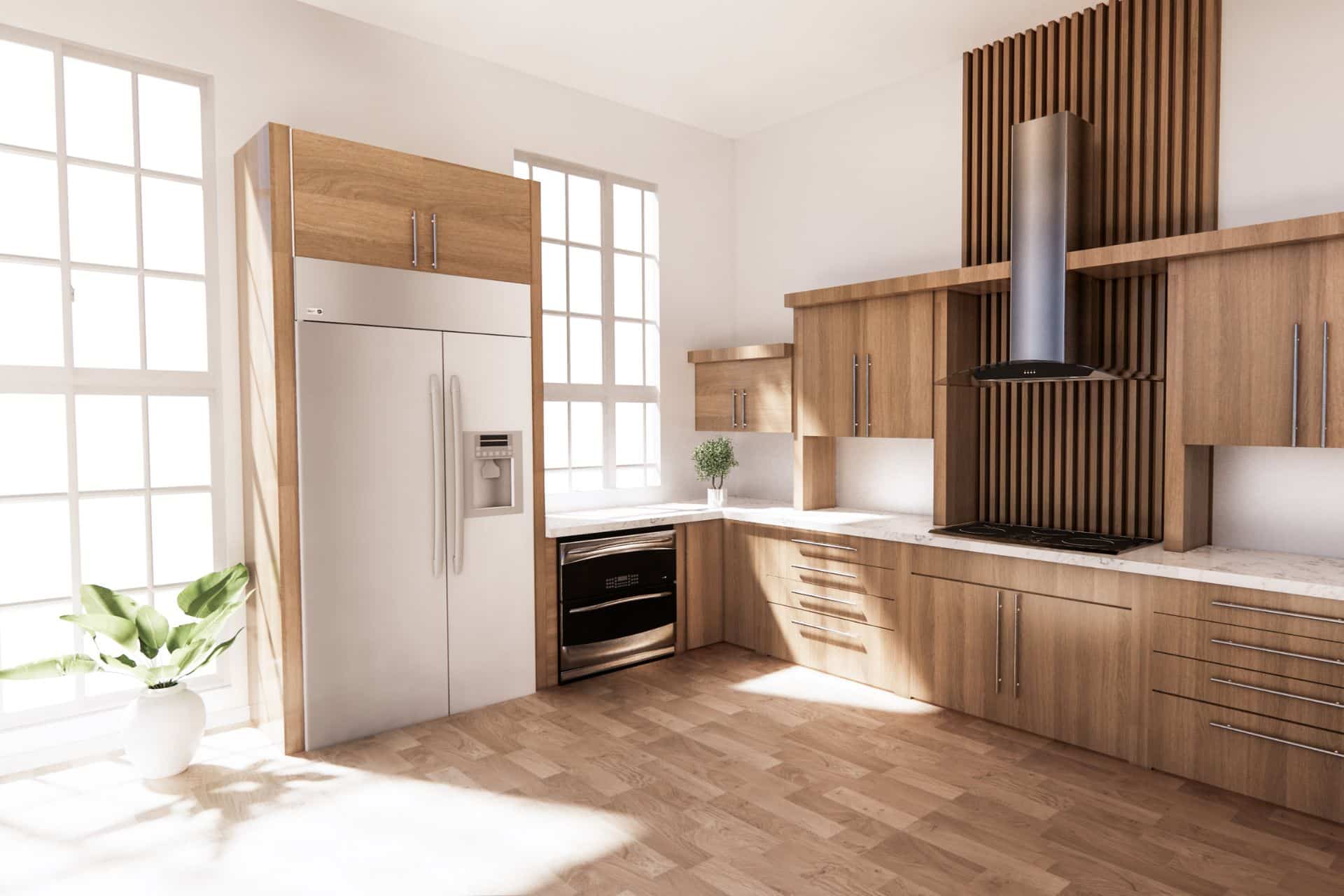
What Are Floor To Ceiling Windows
Floor to ceiling windows, as their name implies, are expansive glass panels that stretch from a room’s floor to its ceiling. They are crafted to maximize natural light while offering unobstructed outdoor views. These windows are frequently employed as architectural accents in modern homes, offices, and commercial spaces.
The Appeal of Floor to Ceiling Windows
A Flood of Natural Light
These windows permit a wealth of natural light to fill your space, diminishing the need for artificial lighting during the day. Embrace sun-drenched interiors and reduced energy bills!
Captivating Views
Floor to ceiling windows enable you to relish stunning views of your surroundings, whether it’s a bustling city skyline or a tranquil natural landscape.
Aesthetic Allure
The clean, modern design of these windows can elevate any space’s appearance, making it more sophisticated and visually appealing.
Boosted Home Value
Incorporating these windows can enhance your home’s value, as they are in high demand among prospective buyers.
Blurring Boundaries
These windows create a seamless connection between your indoor space and the outdoors, making your home feel more expansive and connected to nature.
The Potential Pitfalls of Floor to Ceiling Windows
Privacy Predicament
The openness provided by these windows may lead to privacy issues, particularly in densely populated locations.
Energy Efficiency Hurdles
While these windows permit natural light, they can also let in heat during summer and cold during winter, potentially raising energy expenses.
Installation and Upkeep Expenses
These windows can be costly to install and maintain due to the need for specialized glass and installation techniques.
Safety Concerns
The large glass panels may pose a safety risk, especially in homes with young children or pets, if not properly reinforced or treated.
Prime Locations for Floor to Ceiling Windows
Floor to ceiling windows are perfect for areas that could benefit from additional light and views. Some popular choices include:
- Living rooms
- Bedrooms with scenic views
- Kitchens with a view or dining nook
- Large bathrooms with vanities
- Home offices overlooking gardens or landscapes
- Lofts or high-ceiling spaces
- Commercial spaces that want to create an open atmosphere
Considerations Before Installing Floor to Ceiling Windows
Examine Local Building Codes
Prior to embarking on your project, make sure to consult local building codes for restrictions on window dimensions or placement.
Select the Appropriate Glass
To ensure energy efficiency and safety, choose double or triple-glazed glass with a low-emissivity coating.
Window Treatments
To address privacy concerns, consider various window treatment options like shades, blinds, or curtains.
Professional Assistance
For optimal results, enlist the services of a professional installer experienced in this type of window.
Structural Assessment
Consult a structural engineer to evaluate your home’s ability to support the weight and size of this window design.
Costs Associated with Installation and Maintenance
The expense of installing this kind of window depends on factors such as size, glass type, and labor fees. On average, anticipate spending between $700 and $1,600 per window. Keep in mind that custom designs or larger windows may increase the cost. Maintenance costs include periodic cleaning and potential glass replacement due to breakage or damage.
Tips for Maximizing the Benefits of Floor to Ceiling Windows
To get the most out of your windows, consider these tips:
Choose the Right Window Frame
Floor to ceiling windows are best paired with durable and low-maintenance window frames. Aluminum and fiberglass frames are excellent choices for a sturdy window frame that won’t ruin the sense of openness such a large window brings.
Prioritize Installing Energy-Efficient Options
As with any home, installing energy-efficient features can help reduce your energy bill without sacrificing the comfort of a home. This is especially important with floor to ceiling windows where heat and cold have plenty of surface to penetrate through.
Look for heat reflector coatings and insulated glass to keep your home warm and cool accordingly. Setting up your windows to be energy efficient will give you the benefit of stunning views without compromising the indoor environment.
Incorporate Passive Solar Design
Incorporating passive solar design principles into your floor to ceiling windows placement can significantly improve your home’s energy efficiency. Strategically position the windows to harness the sun’s warmth during winter months and promote natural air circulation in the summer. By leveraging passive solar design, you can maintain a comfortable living space while reducing your reliance on artificial heating and cooling systems.
Accessorize
Make the most of a stunning outdoor backdrop by decorating the window premises with plants, rugs, and furniture. Doing so helps create a cohesive look while providing a distinction between the outdoor view and indoor space.
Regular Maintenance
Due to the significant area of space that floor to ceiling windows take up, keeping them clean and free from flaws and damage is a must. Unkempt windows of that size can make an entire room look sloppy. Apart from looks, properly caring for these windows will prolong their longevity.
Conclusion
Floor to ceiling windows can be a stylish and functional addition to your space, offering unparalleled natural light and views. Weigh the pros and cons, consider the ideal locations, and be prepared for the costs associated with installation and maintenance. With proper planning and professional assistance, you can enjoy the beauty and benefits of these windows for years to come.